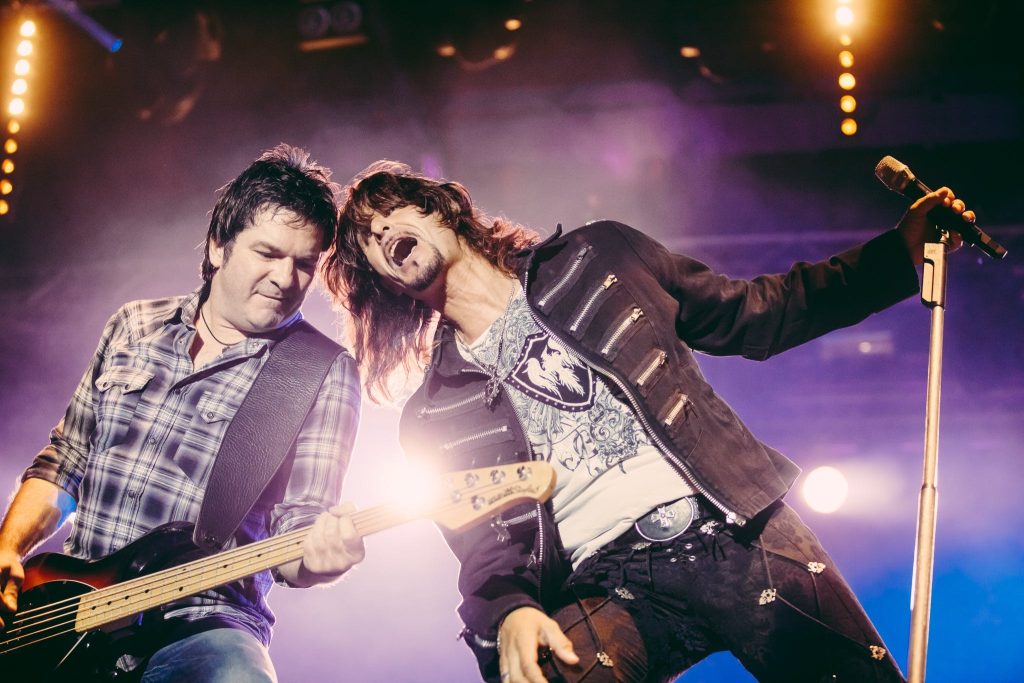
Over time, the art world has endured tremendous changes, and these changes have had a major impact on the income patterns of artists. This article will examine the historical development of these revenue streams and talk about how they affect the lives of artists.
- The Traditional Model: Contracts and Live Performances
- The Digital Revolution: Streaming and Online Platforms
- The Importance of Merchandise and Brand Collaborations
- Live Performances in the Digital Age
- Embracing Diversified Income Streams

Contracts and live performances were the main sources of revenue for musicians in the past. In exchange for income, record labels would sign contracts with artists handing them the rights to their music. Live events, like concerts and tours, were a big source of money for musicians since they let them interact with their fans and make money from merchandising and ticket sales.

The music industry saw a major shift with the arrival of the digital age, which put established revenue structures to the test. The emergence of streaming services like Apple Music and Spotify has altered how consumers listen to music. Artists had to overcome new obstacles to monetize their work as physical sales gave way to online streaming.
Artists get paid a penniesy fraction of a cent per stream on streaming platforms that run on subscription or ad-supported business models. Although this strategy gives artists more visibility and accessibility than traditional sales, it has also resulted in reduced earnings per individual stream.
In addition, artists are using social media and YouTube as online venues to promote themselves and show off their skills. These platforms give artists the chance to make money off of their work through crowdfunding, brand partnerships, and advertising revenue.

Artists have become more and more dependent on item sales and brand partnerships to augment their income as traditional revenue streams have decreased. Merchandise gives fans a direct opportunity to show their support for their favourite artists while giving artists a platform to exhibit their brands and make money. Examples of merchandise include apparel, accessories, and limited edition goods.
Partnerships and brand collaborations are now essential components of artists’ revenue structures. Artists can generate extra income through product collaborations, sponsored content, and endorsements by partnering with relevant brands.
Even in the face of digital disruption, live concerts continue to be an essential part of the revenue streams for musicians. In actuality, artists have used technology to improve live experiences in response to the shifting environment. Livestreams and virtual concerts have grown in popularity, particularly during periods when physical gatherings are forbidden. Through these digital concerts, artists can reach a worldwide audience, make money from donations or ticket sales, and create memorable fan experiences.
Artists have come to understand how important it is to diversify their revenue streams in light of changing income structures. Artists are looking into other ways to make money off of their work rather than depending just on one. This comprises a mix of live performances, item sales, brand partnerships, streaming royalties, and even non-traditional money sources like Patreon or fan subscriptions.
By embracing diversified income models, artists can navigate the changing landscape of the industry while maintaining financial stability and creative independence.


